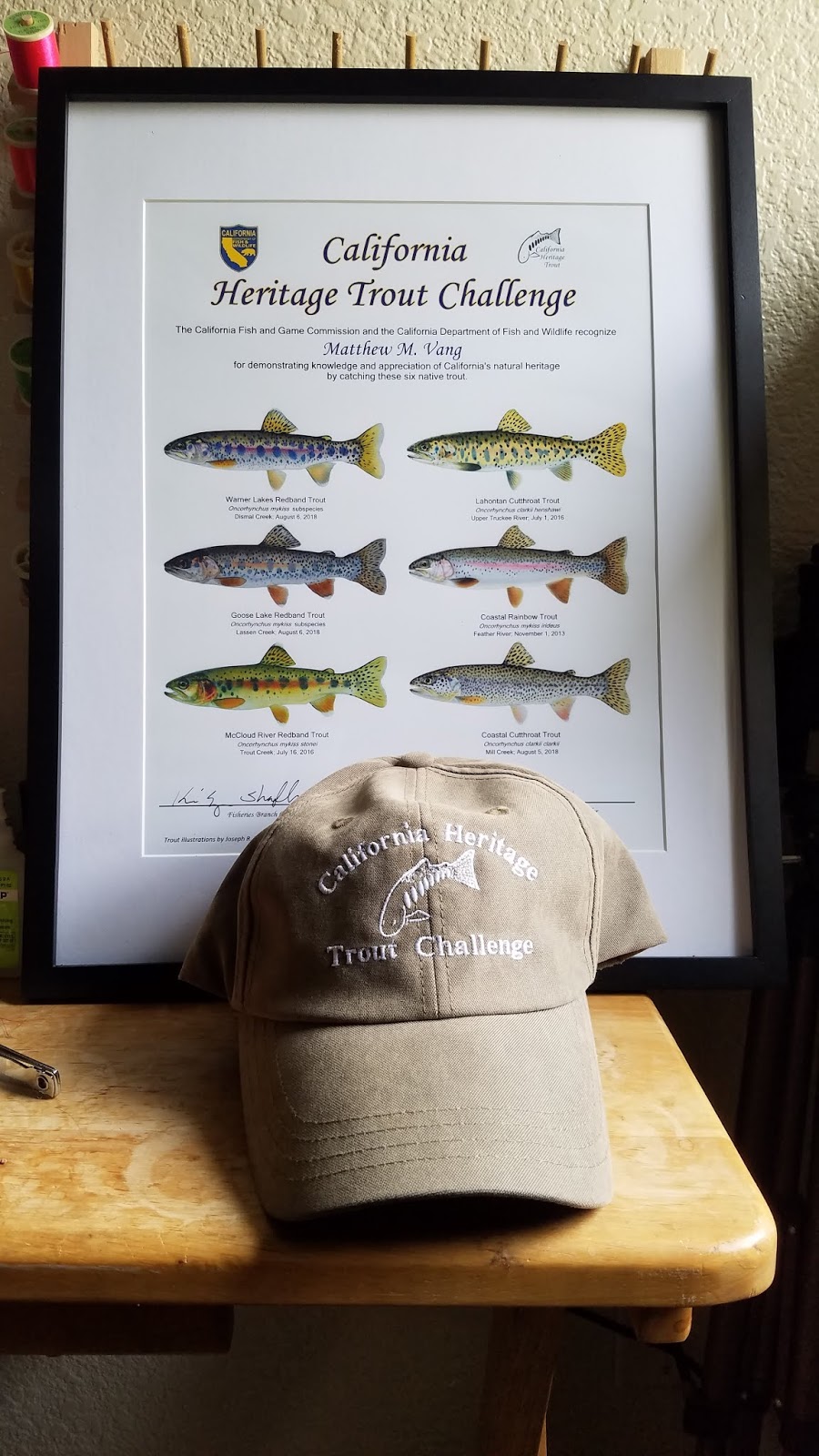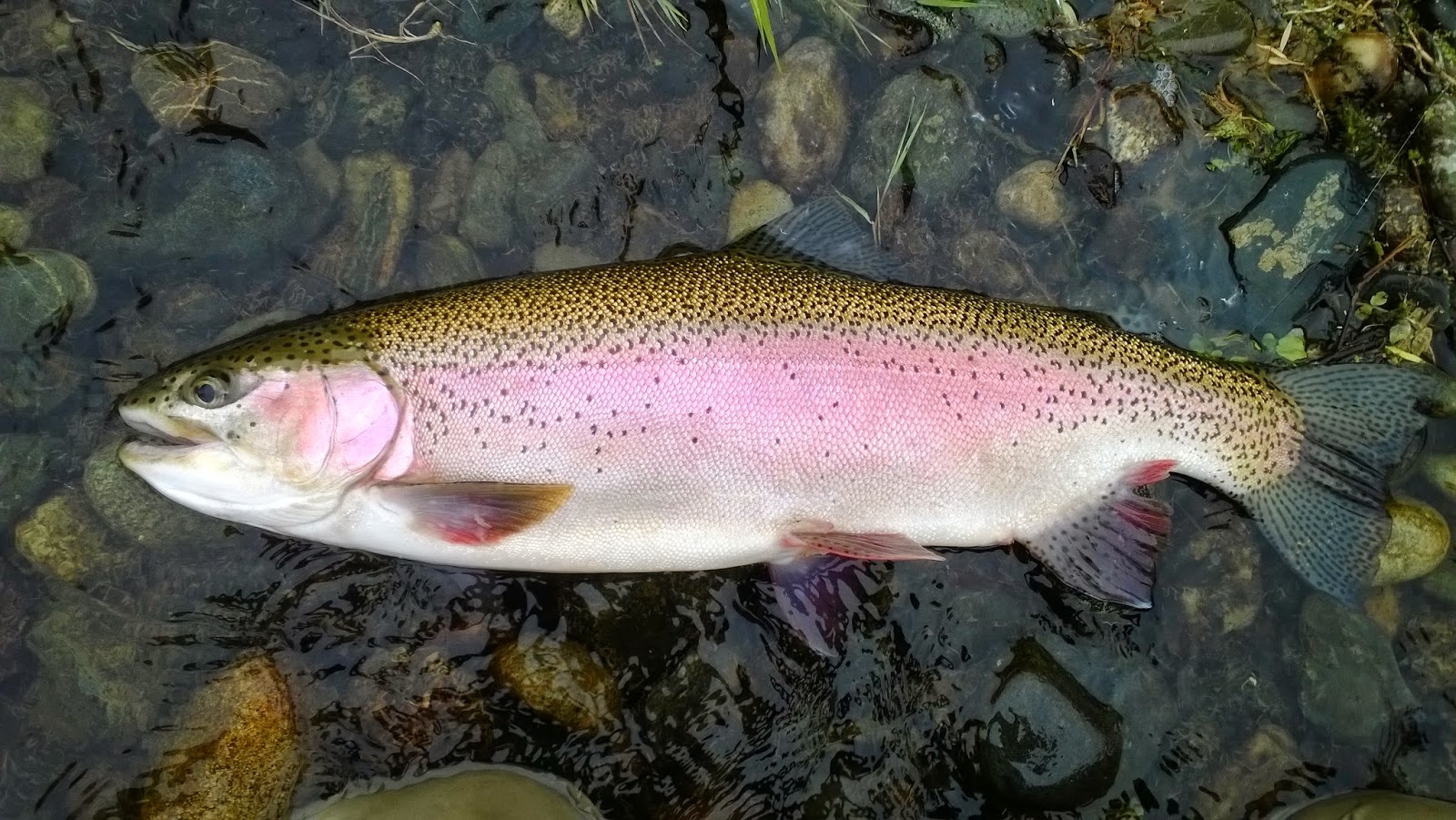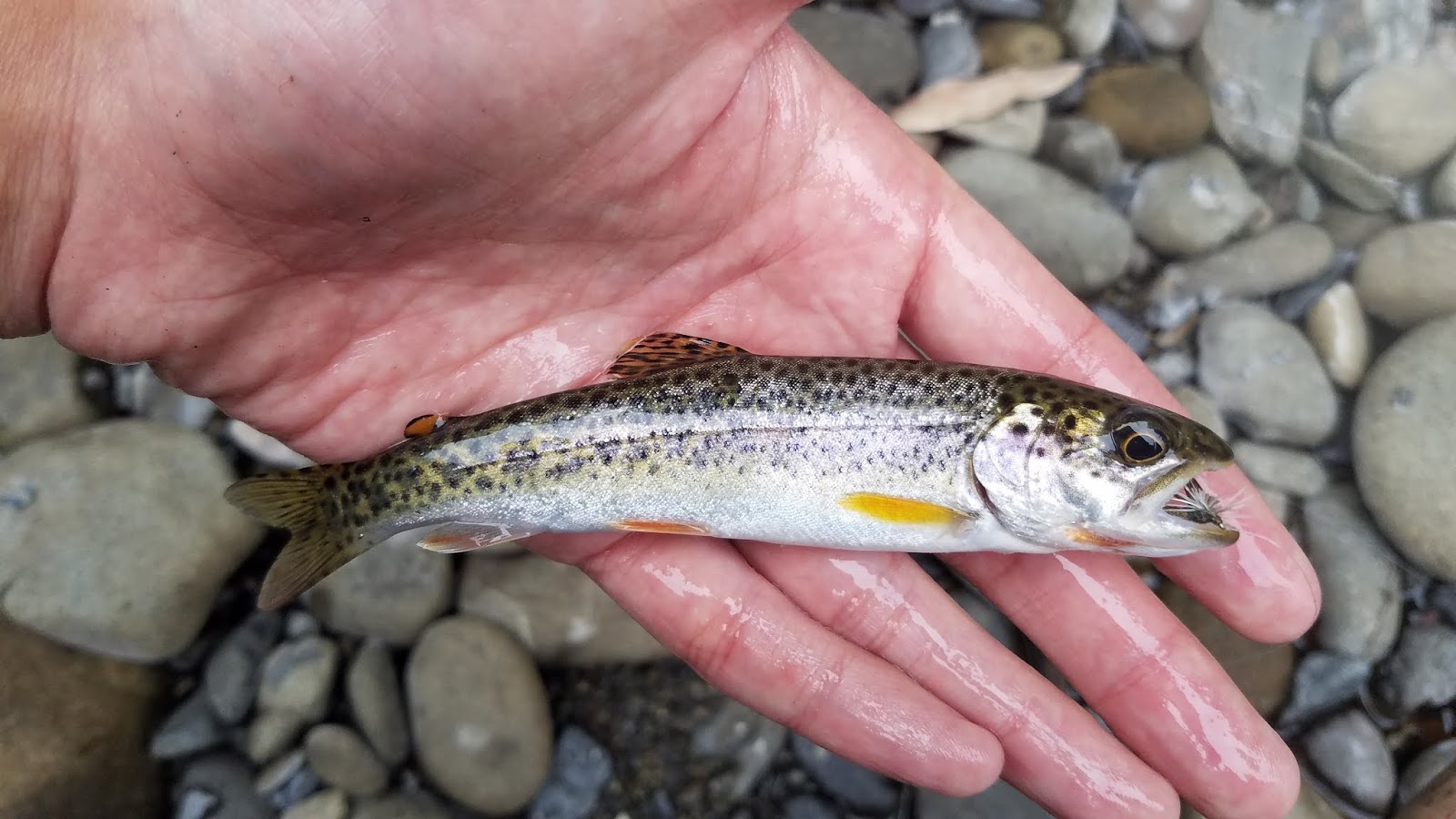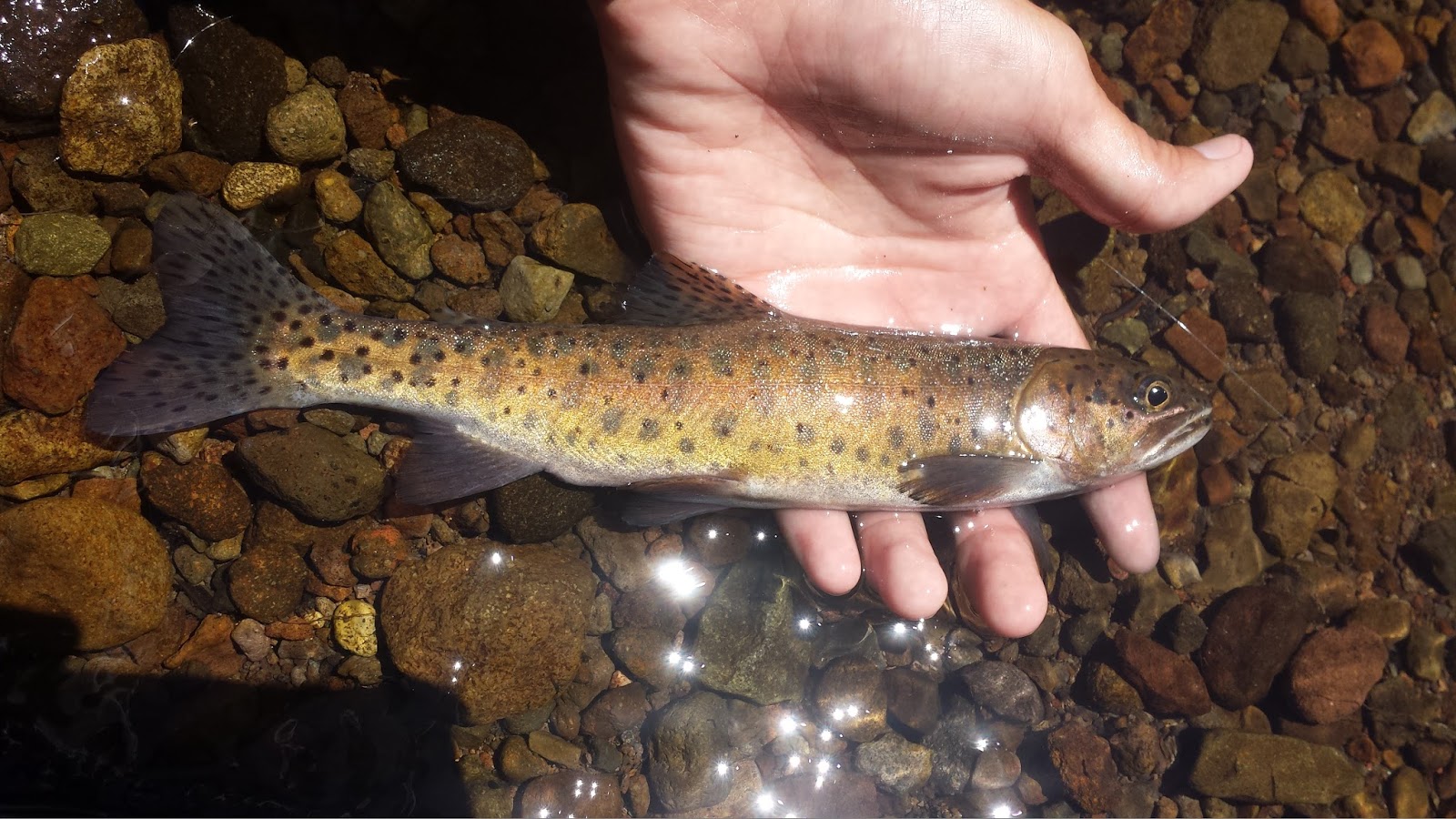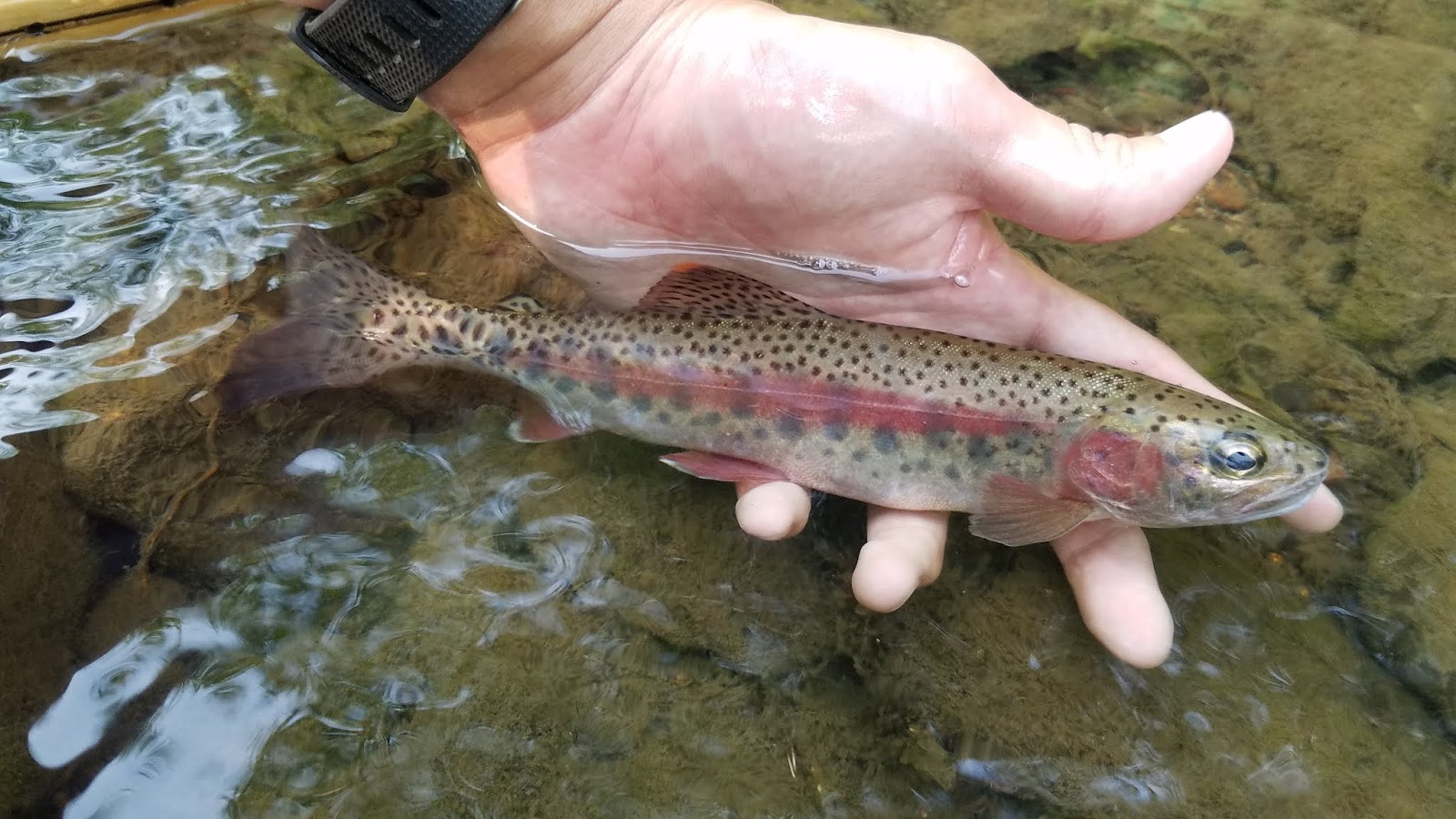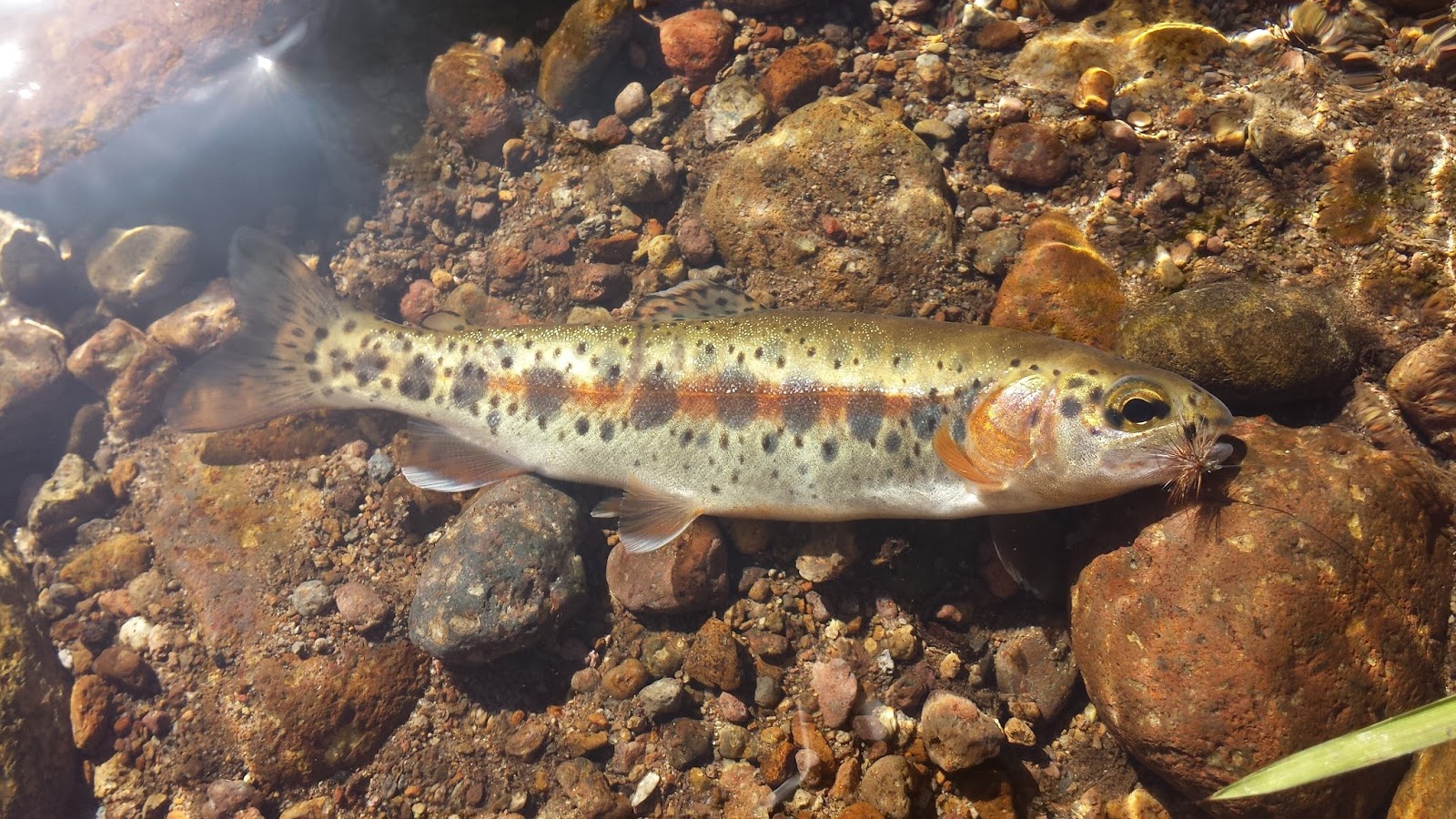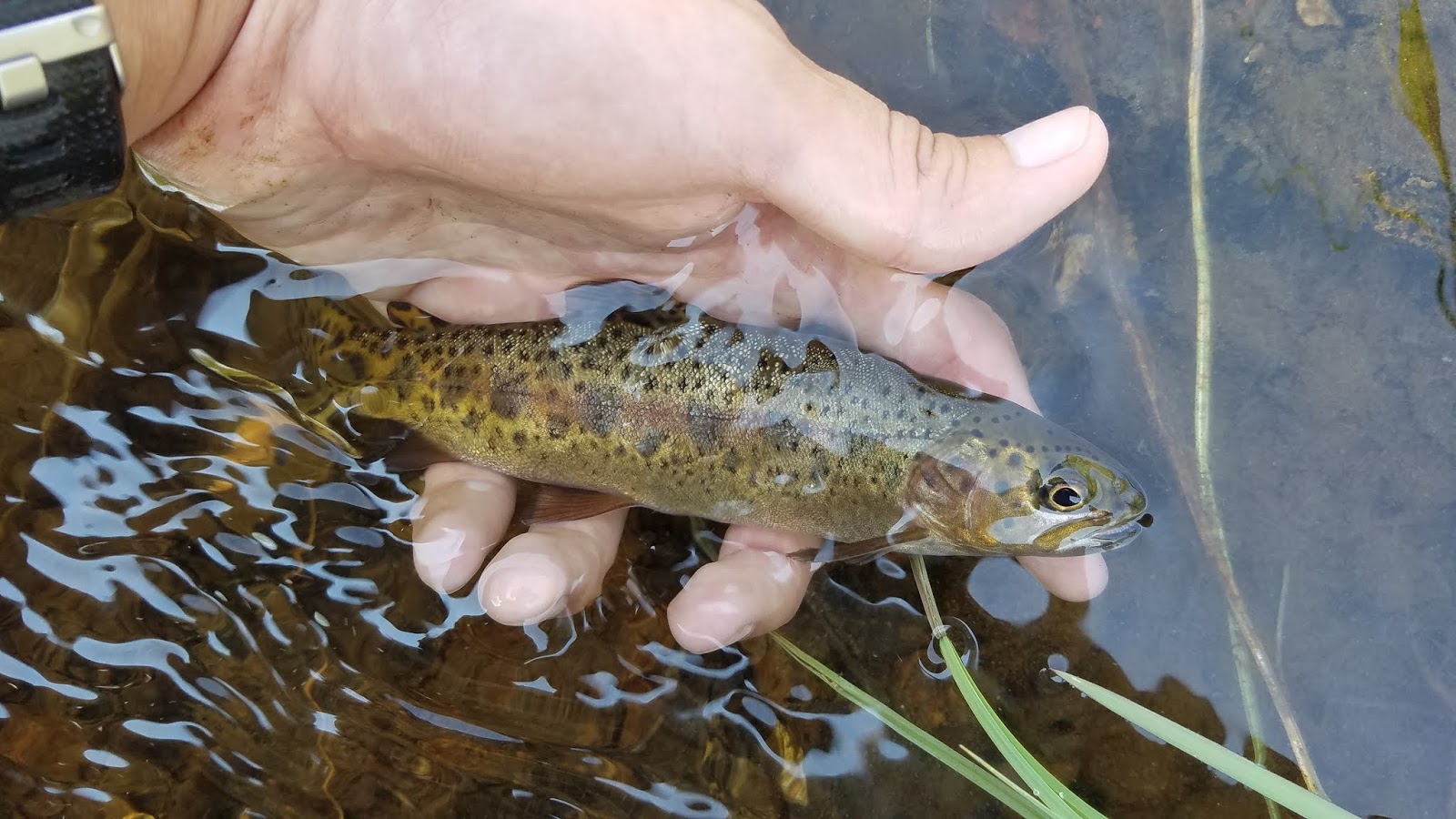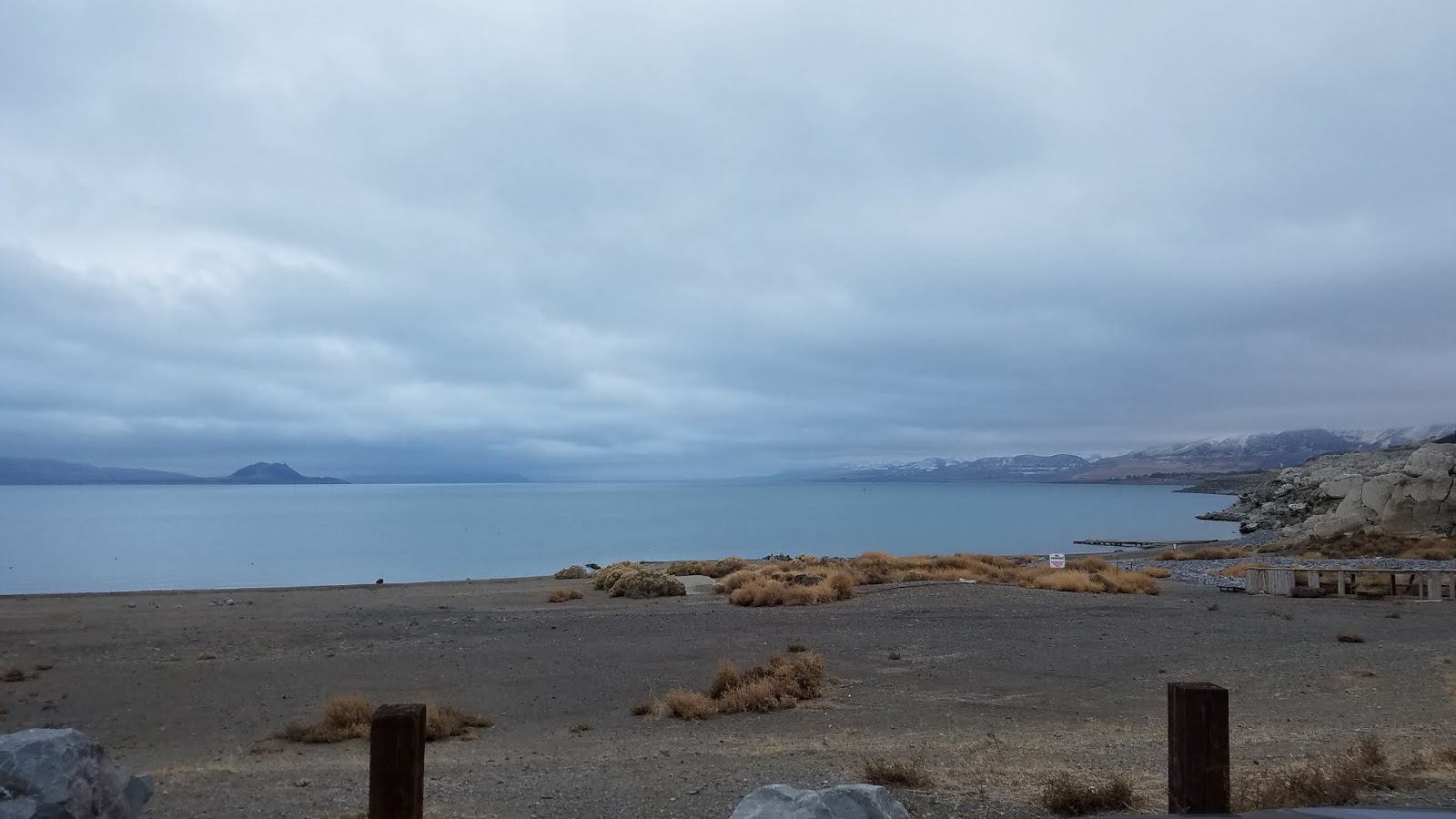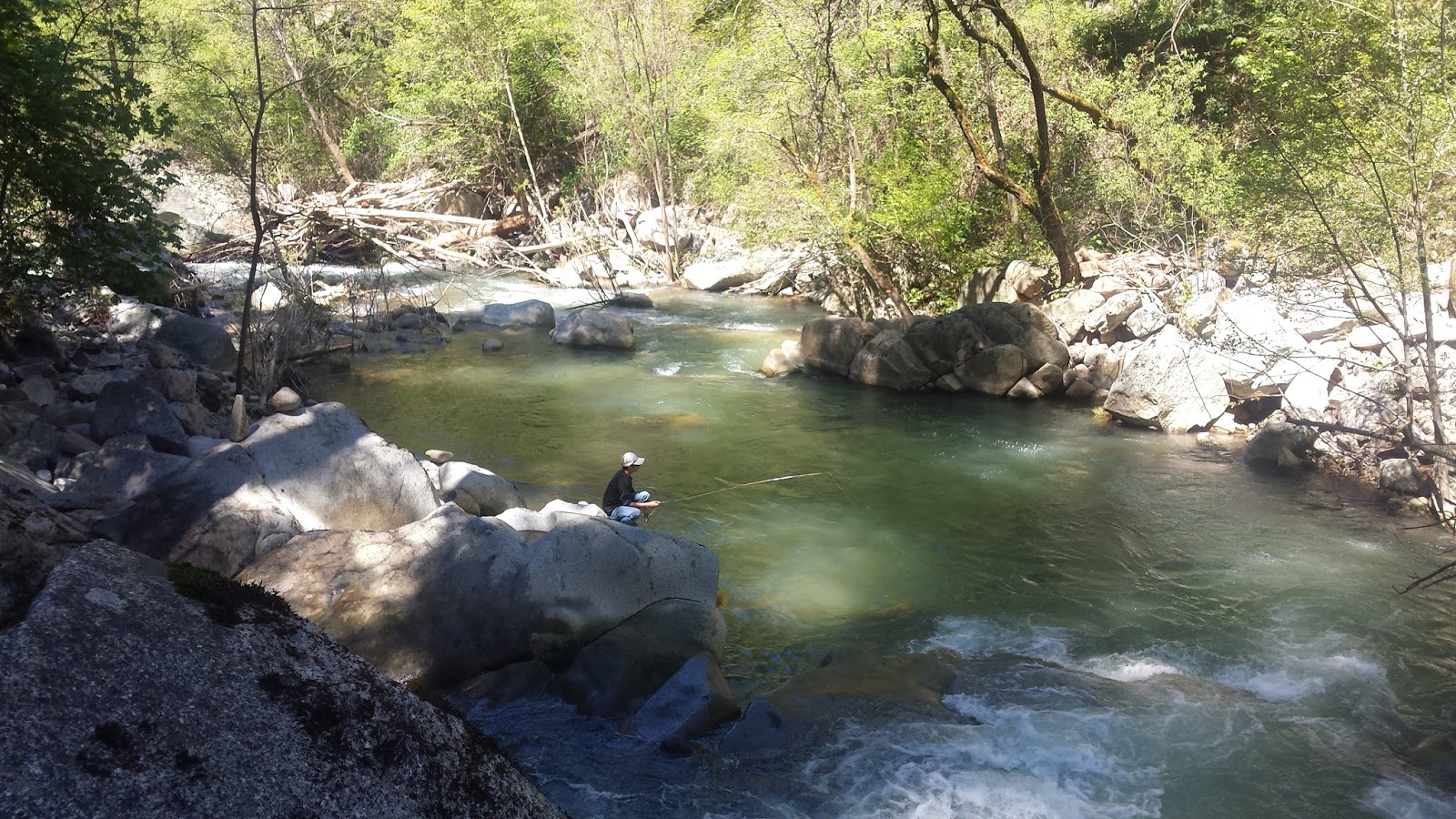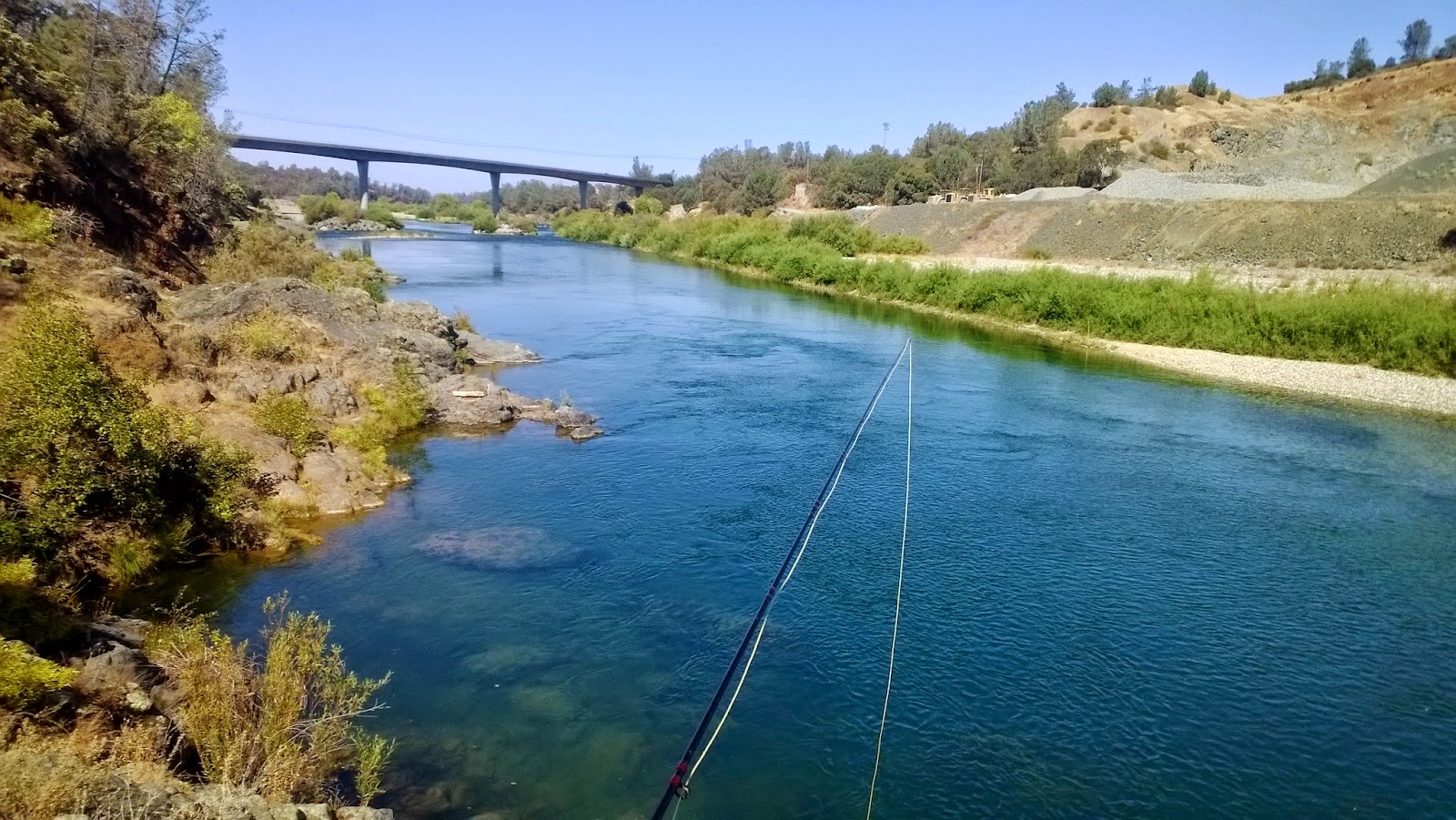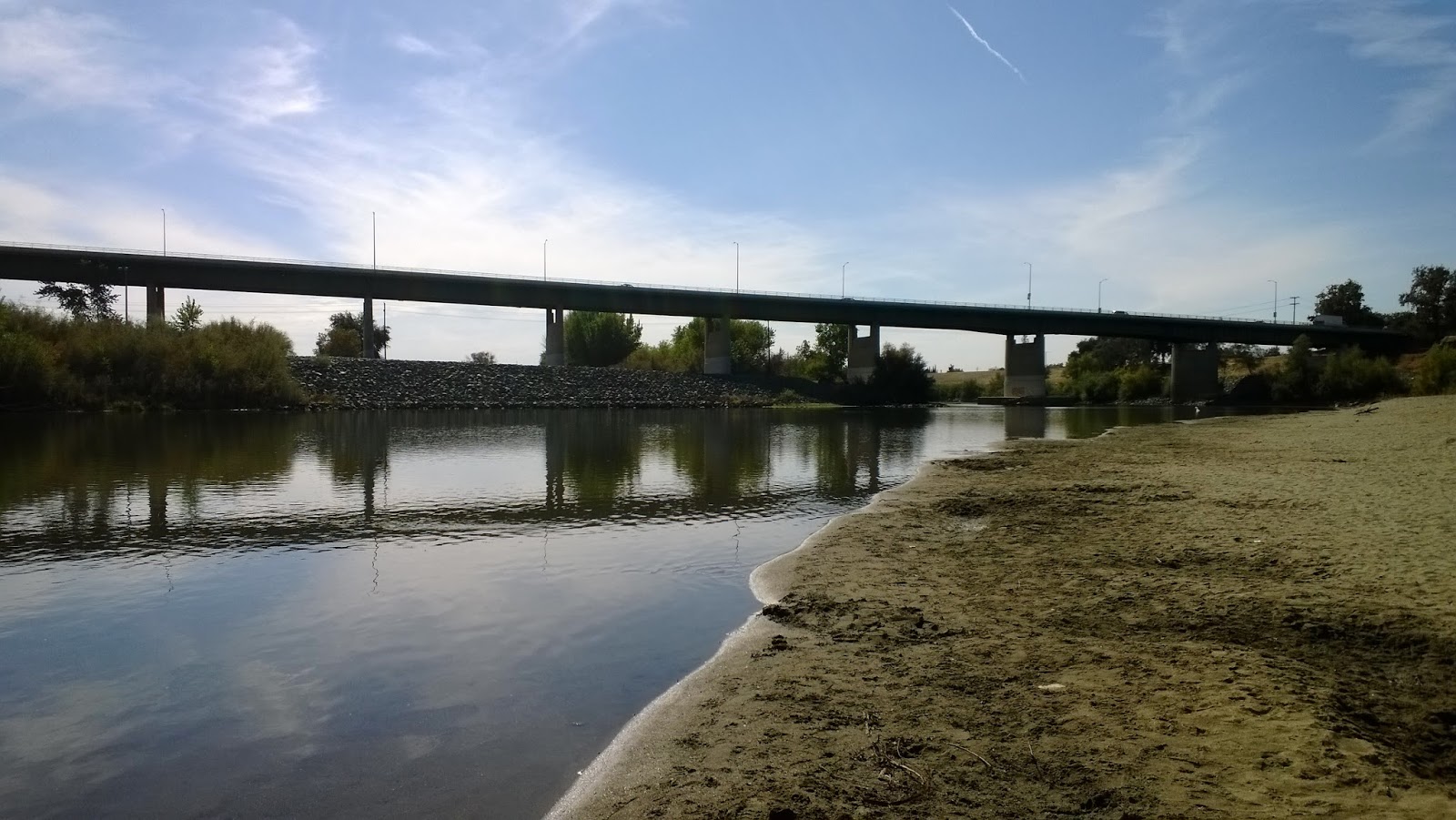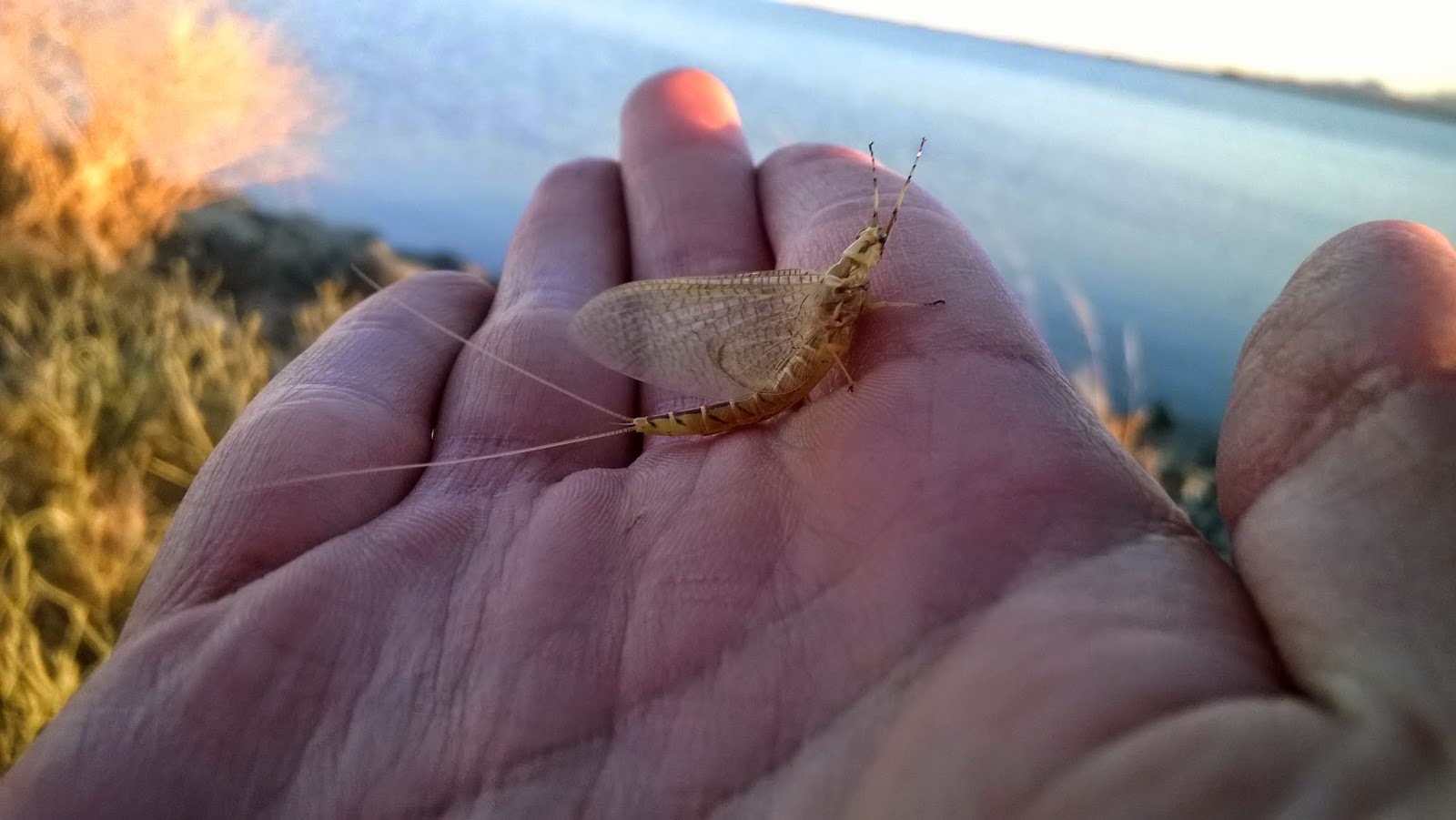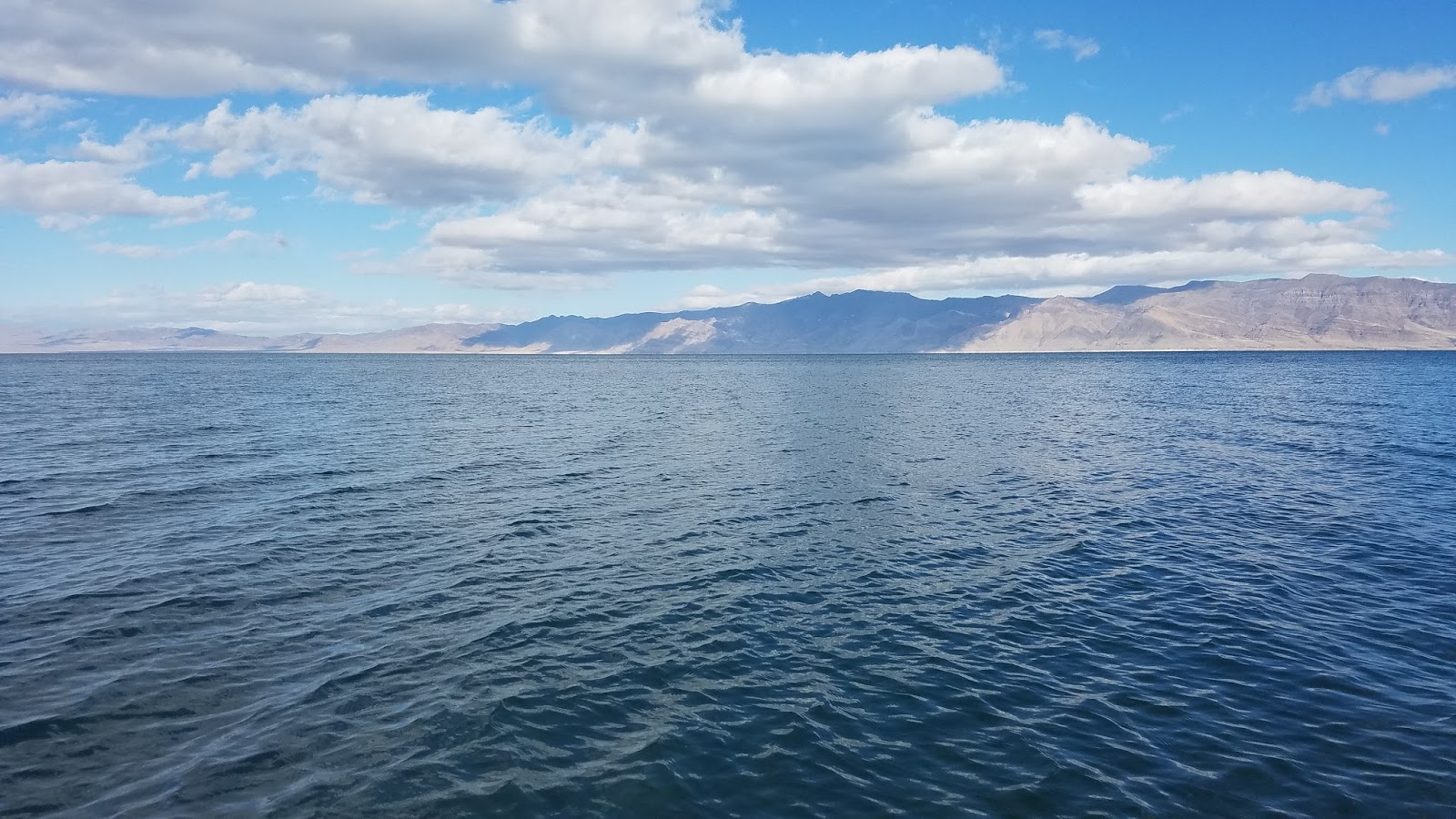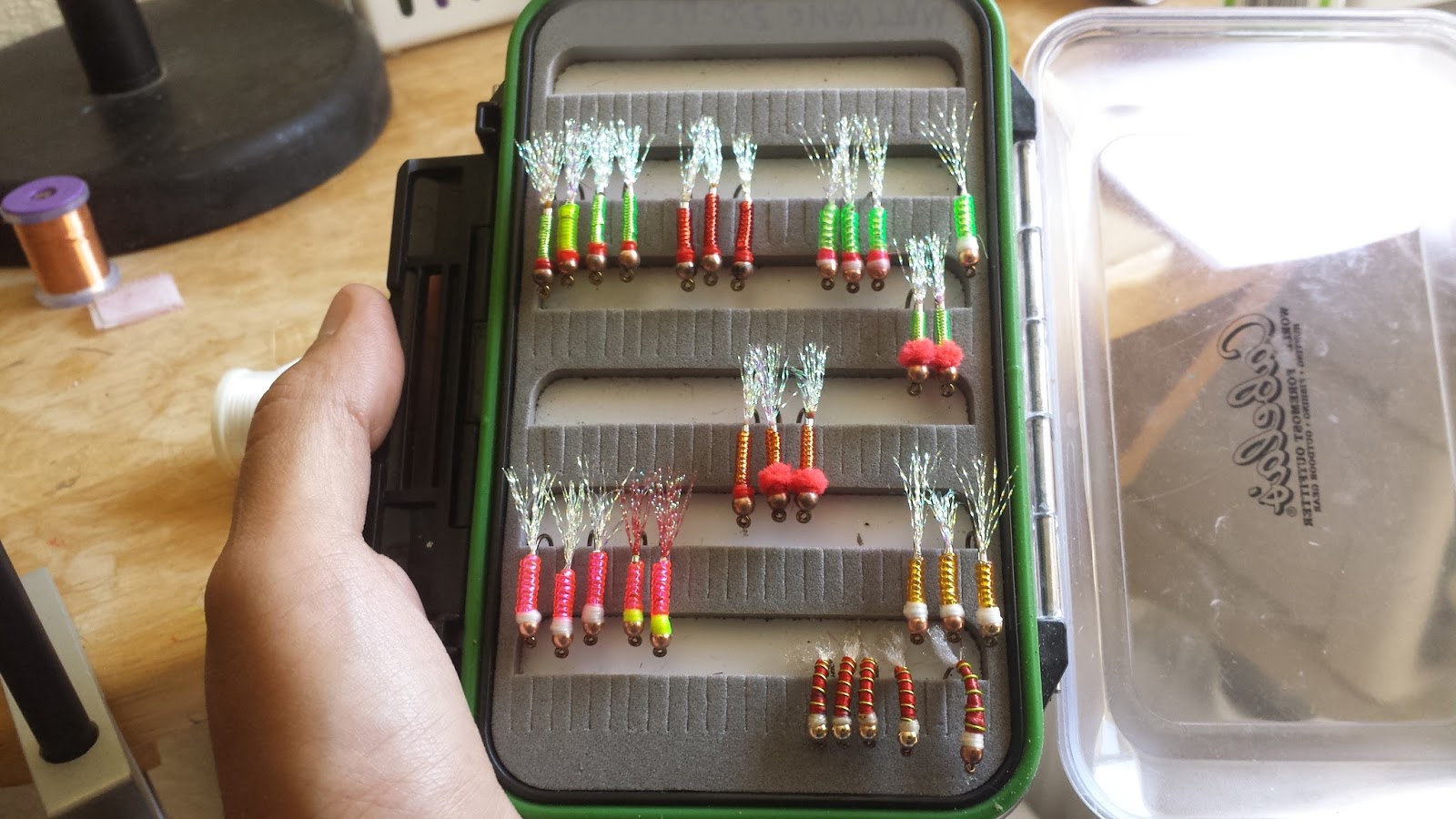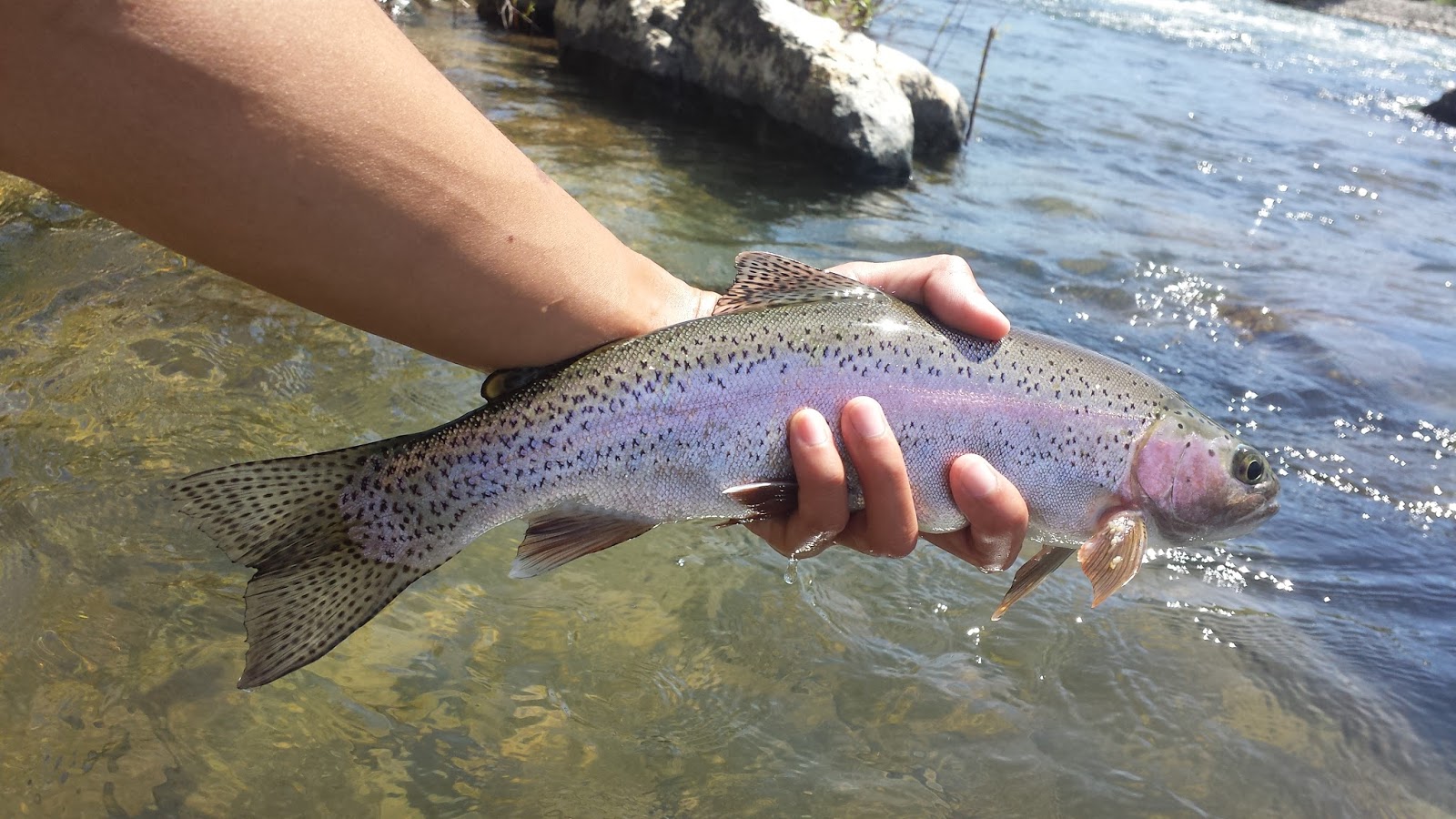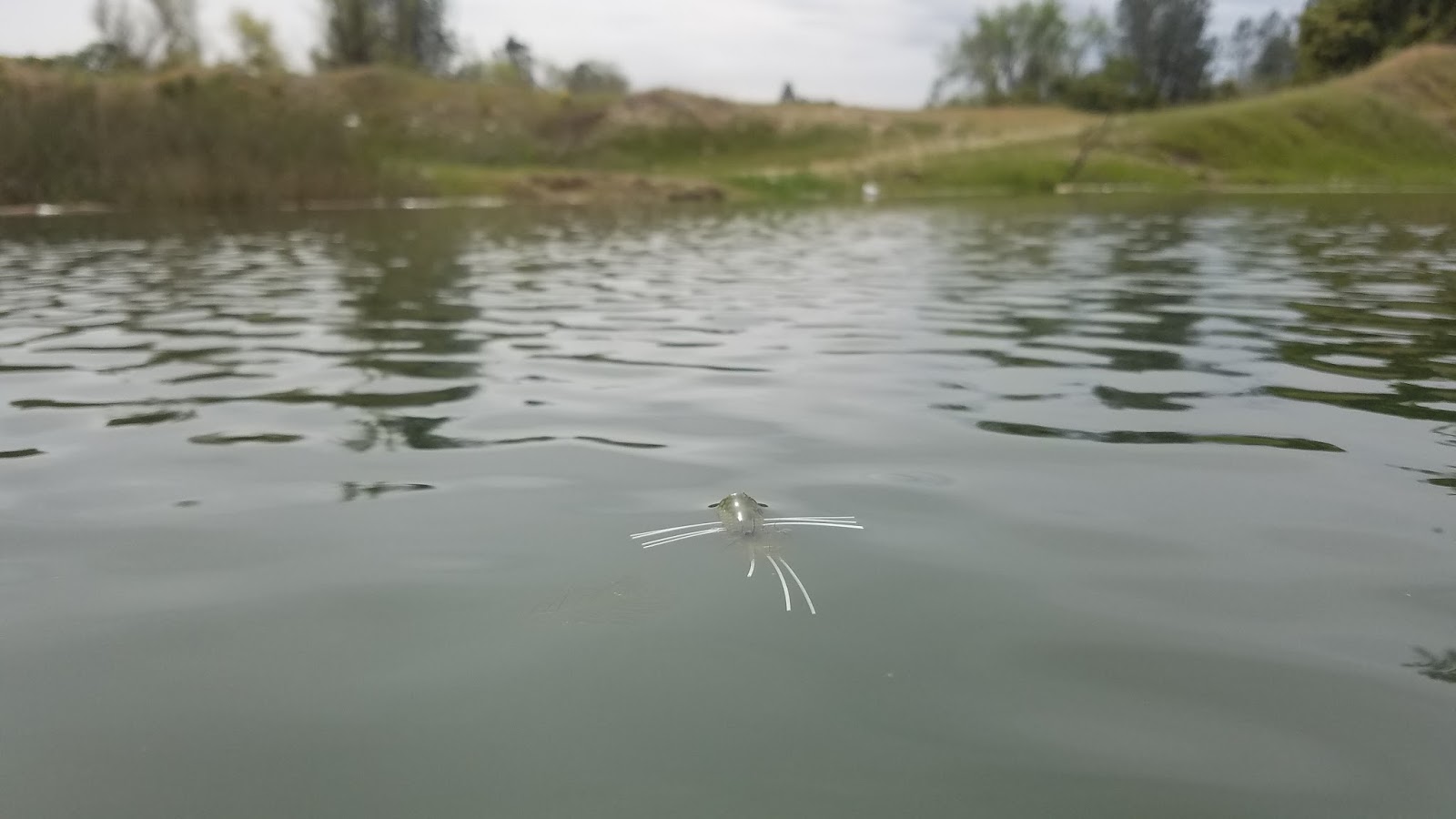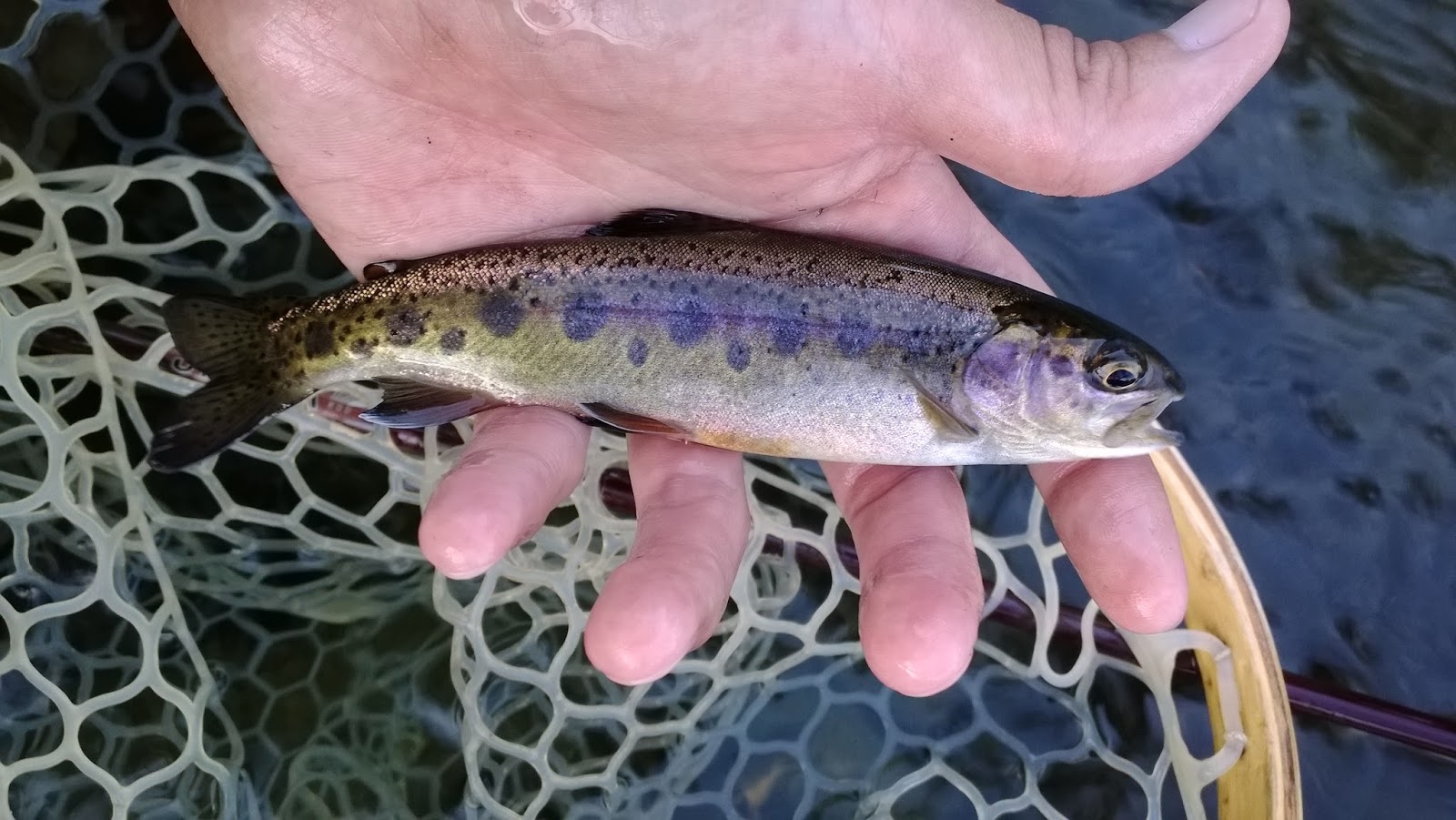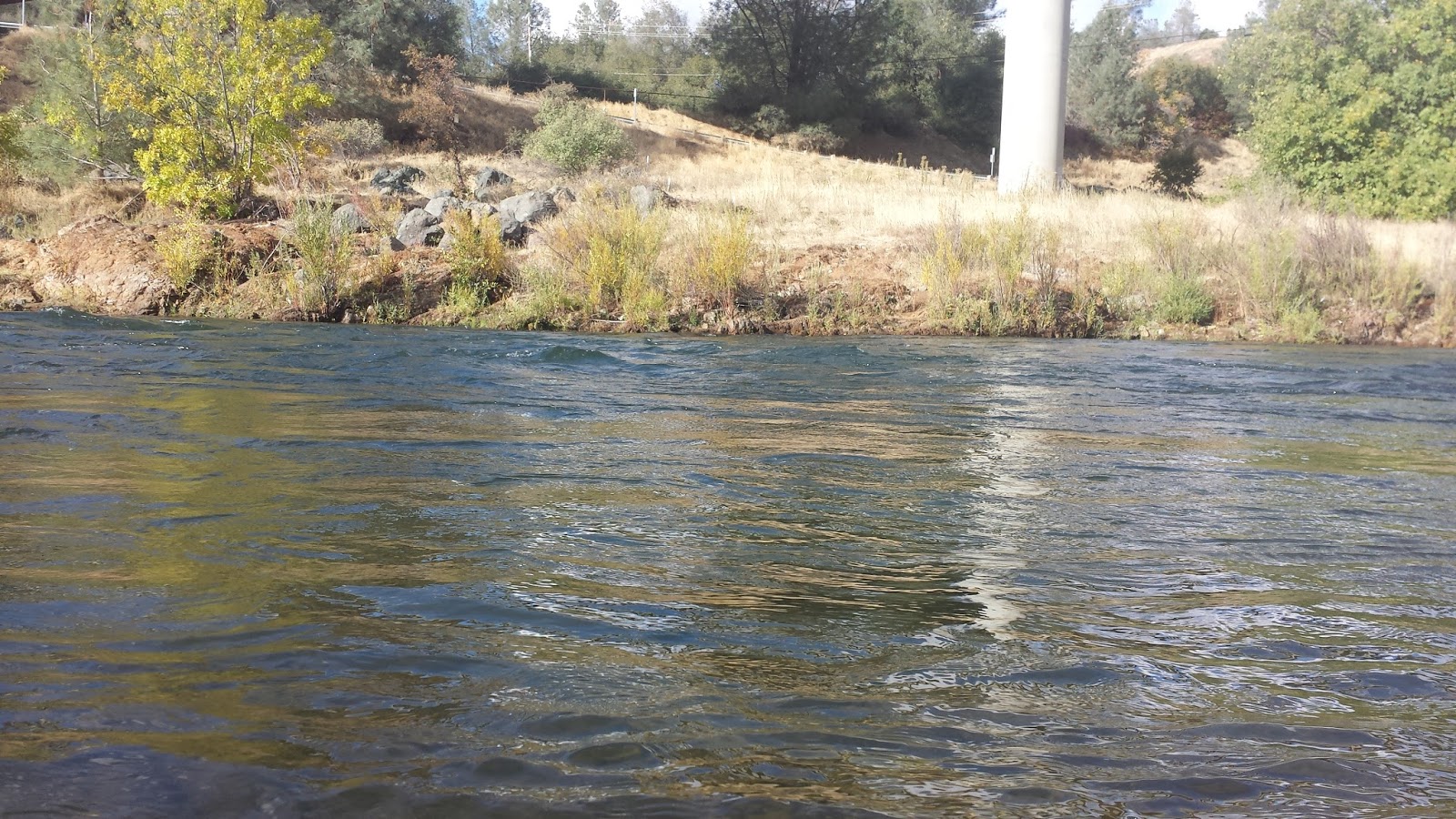In 2018 I completed my first California Heritage Trout challenge. This journey was by far one of the most memorable fly fishing experiences. I encourage all fly anglers in California to take the challenge and experience it for yourself. Not only do you get the feeling of accomplishment as an angler you also get an amazing printed certificate and an awesome old man hat.
My first heritage trout challenge was completed with:
Time: Time is perhaps everything when it comes to the trout challenge. You need it in order to start and finish. The majority of the trout species that qualify live hundreds of miles away from most urban areas meaning hours either driving, hiking, or perhaps both. Most of the qualifying species are open to angling all year round however be sure to always check regulations before heading out.
Summer is your best bet to attempt fishing for the heritage trout. Depending on the amount of snowpack within the year the seasonal runoff will usually run from May to June leaving the rest of the summer and early fall open to exploring. Drought years can be difficult due to lower than average flows therefore going earlier may be better than later.
Planning: The planning is probably half the fun of the heritage trout challenge. Not only is it good to know where you’ll be going but it can also be fun to learn more about the species you will be pursing.
Heritage trout are found in watersheds which means they can be found in more than one stream within a system. Having more than one stream on your list can go a long way if you are unable to find the fish you are looking for.
Pack for the long haul as you never know if you’ll need to stay a few extra hours or even an extra day to find the either the right or perfect fish. Having the right amount of snacks and other necessities can go a long way.
Resources: Here are a few sites and resources that I found invaluable to my first heritage trout challenge success.
DFG Heritage Trout Challenge -By definition the origin for all things California Heritage Trout. There is a great Angler’s Guide to the Heritage Trout Challenge PDF that gives you a bit of history for each trout and locations of where to find them.
Fly Fishing the Sierra – A great website for general information of different creeks and streams throughout the Sierras and Northern California.
